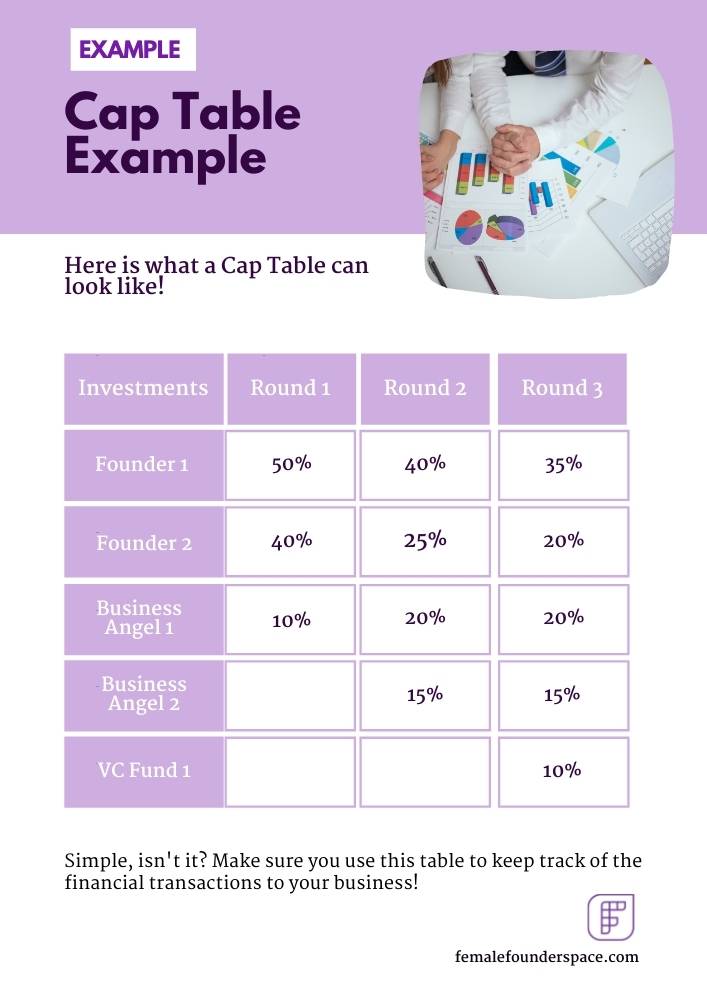Investors are looking, first of all for founders who we want to make this company successful, who really are fully into this business idea and that’s the most important thing for us. We have we will have a lot of questions first of all to understand the business you are going to establish, the markets you are in, and all these questions aiming at the same time at you, evaluating you as a founder and as a management team or as a manager it depends if it is a team or if it is one person.
So Entrepreneurs, I would say it’s a very good description for what investors are looking for. People who start from the scratch who are convinced that this is going to work, even if they don’t know an answer to any potential questions which might come up, but people who are able to find solutions to things, problems, situations which might occur along the way. That is what we are looking for and what is always very convincing is if you get the feeling that these people really know what they are talking about. That it is there is a solid, decent foundation behind the business plan. That they really have an understanding of the technology, of the customer, of the market and when you talk to these people and ask question and dig deeper and then you see if somebody has already thought about this issue or has knowledge that he says “okay interesting question but I would think that this and this at this point of time is very important and we could maybe try to times that situation like that.” So, It’s more that you are convinced that these people are there to mind to make this company work, and to make this company grow, and that these people are really spending the money you are giving them in a very smart way, in a very responsible way.
Caring about the customer, it’s very important that they use the money to understand what is really important for the customer at this point of time. Because you might have maybe a product idea and this product idea might be really really very good but the market is not there yet. Then you need to be able to adopt this product idea, maybe it was an MVP or first generation product, to pick up the customer where he is and then learn together with the customer or guide him along where you think the value of your product is. So, entrepreneurial people, people who don’t give up easily. People who really know what they are talking about, or are able to bring in people into their company who know what they’re talking about. And basically people who are able to grow together with a company because you can start with 5 people, and if you want to add up to 300, you need to be able to develop the organization and yourself because developing a growing organization means dedication, finding the right people, setting up the right organization, and constantly asking yourself: ‘Am I the right person to do this at the moment?’ being the CEO or being the CTO whatever. So being able to grow personally, together with the company, that the company can take the best course and you provide the best input you can as a person, It’s really very important for entrepreneurs.
It’s really important that you have a product or a business model where you have a competitive advantage, because as a small startup you need to have a USP, something the bigger competitors, which are longer in the market, maybe have a brand and have more financial means in comparison to the startup company are really able to provide to the customer, maybe solutions which are more customer friendly or provide maybe discounts or anything else which makes the life of the customer easier, but if your product is solving a problem for the customer or providing the customer with a solution, they cannot provide, then the customer still will opt for your solution even if you are a startup, even if you cannot provide such a high discount. But you are maybe more agile and your product is more on top of what the market needs at the moment. So this is what we’re looking for too, and we make reference cards to understand customer needs and what’s where the markets are going. We are looking for growing markets, of course, because a startup can not win in a competition for market share. A startup needs to grow in a growing market where there is at the beginning enough market share for everybody because they don’t have the financial means for that. They need to grow from the quality of their product or solution they provide.
And in high tech, in venture capital, these quality should, it’s usually based on a technical proprietor, technical solution or technical knowledge, which in life science most of the time is patent protected, and that is then the solution. So we look for high tech products, high tech solutions based on proprietor technologies or knowledge, which most of the time in life science it’s should have a patent protection because then the competitor cannot just copy it.

